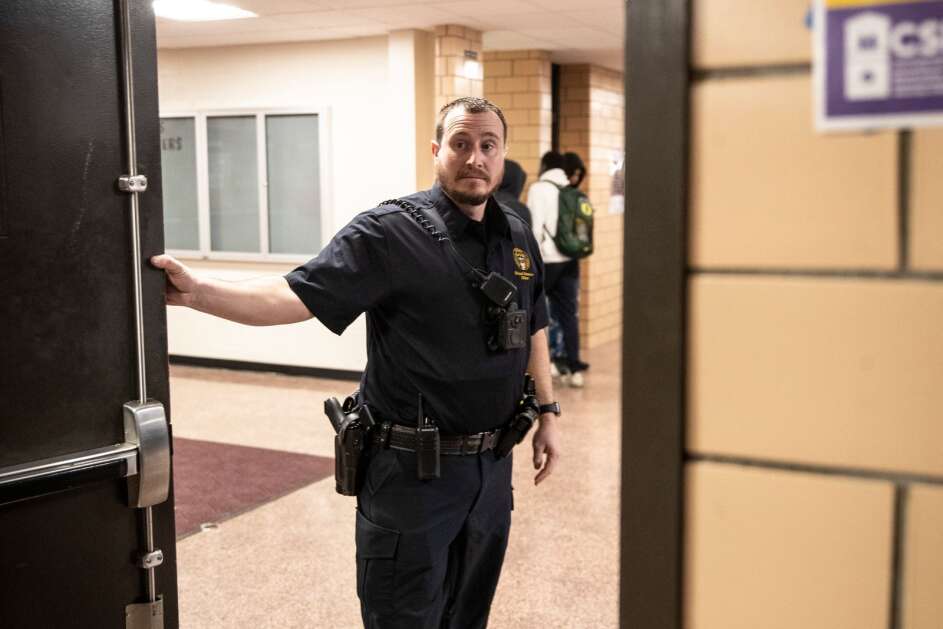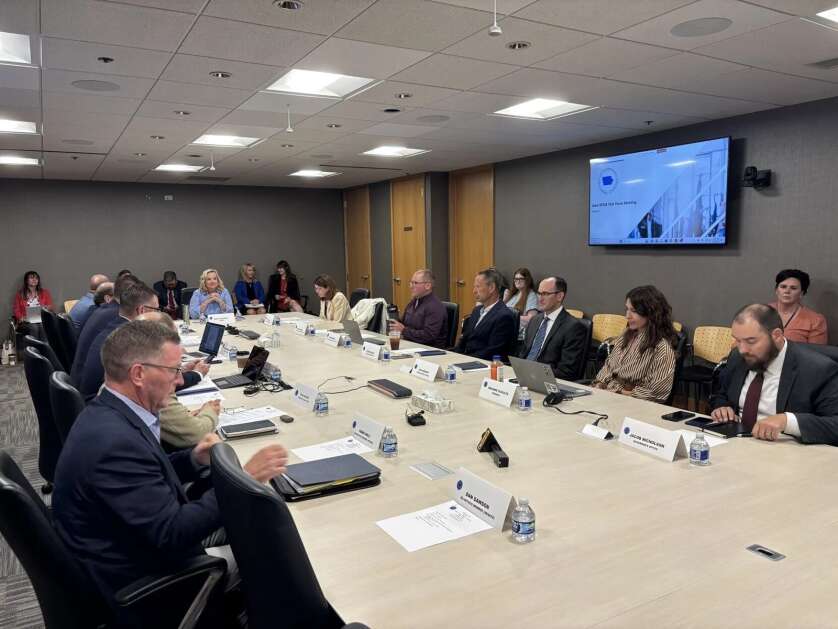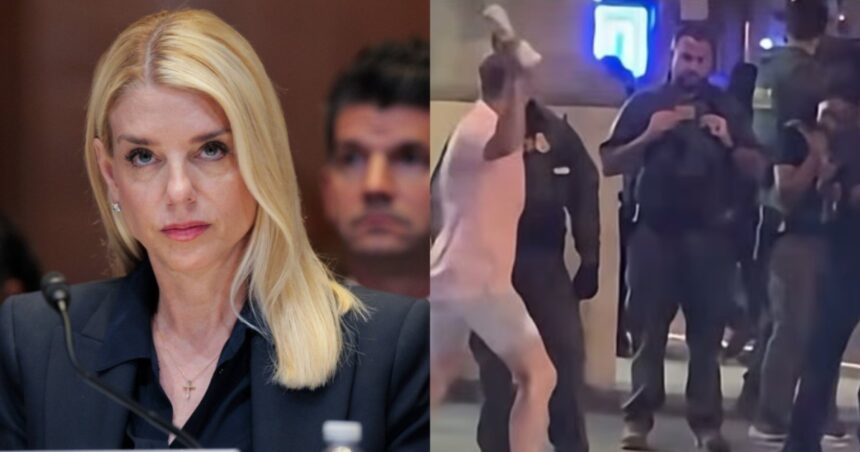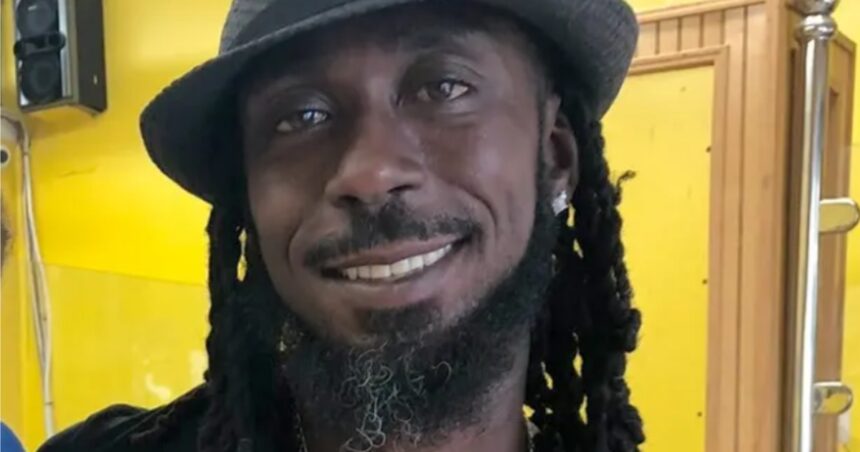The Gazette uses Instaread to provide audio versions of its articles. Some words might not be spoken correctly.
CEDAR RAPIDS Thanks to efforts by a group violence intervention program that tries to prevent crime, the number of pupils charged with a crime in Cedar Rapids schools decreased by almost half last school year.
According to Janessa Carr, the district’s coordinator for safe and secure learning, the community’s cooperation is what led to the higher figures.
According to Carr, there may have been 15 to 20 fewer students of color charged with crimes as a result of a stronger collaboration between the school system, families, Foundation 2 Crisis Services, the Cedar Rapids Police Department, and juvenile court during the 2024–25 academic year.
The Cedar Rapids Community School District’s school resource officers charged 35 pupils with crimes during the 2024–25 academic year. White kids made up 17 of the charged students.
Three years ago, Black students accounted for 66% of charges; however, the number of Black students charged is now equal to the number of white students charged, which is an improvement.Even though Black children only make up 20% of the district’s student body, they are nonetheless charged more than their white counterparts.
Carr stated during a presentation to the Cedar Rapids school board on Monday that these reductions have an impact.
I can phone Foundation 2 and say, “We need someone to be here to intervene,” when we discover that two groups of students who classify as members of a gang are not getting along. I want to be open about this and schedule a meeting for 3 p.m. “Where is your child right now?” Foundation 2 asks the parents over the phone. Carr, who began working for the district in the fall of 2023, said.
Community-led approach to stopping violence
In an attempt to stop violence before it starts, this school-led community approach started as a pilot in December 2023 as a way to engage people who are at risk of becoming offenders or victims of gun violence by offering them community support.
Meetings between the four organizations take place twice a week, according to Lt. Cory McGarvey, who is in charge of a portion of the Cedar Rapids Police Department’s school resource officer program.
In an email to The Gazette, McGarvey stated that they are exchanging information about students who might be dealing with anything, such as family problems, trauma, possible gun violence, fighting, or other recent troubling behavior. In order to intervene more quickly and increase the likelihood of minimizing that problematic behavior, the appropriate entity frequently follows up with the student or family.
When Foundation 2 finds a student or family in need or at risk of engaging in more aggressive conduct, the organization does a fantastic job of bridging service gaps for them, McGarvey said.
Disparities do exist
The number of Black pupils charged with crimes decreased by 65 percent, and charges against students receiving special education services decreased by 10 percent, according to data on arrests for 2024–25.
According to the Cedar Rapids Police Department, assault and disorderly conduct were the most common offenses during the previous academic year.
There are disparities. In an interview with The Gazette last month, Carr stated, “I think we’re headed in the right direction, but there’s always room for improvement.”
“After a charge is made, we spend far too much time asking questions,” Carr added. We must continue to concentrate on the underlying reasons. For what reason are students being charged? Which actions are causing the charges? We must start posing more challenging queries. Why are certain student demographics exhibiting disruptive or violent behavior?
We are discussing a public school system that does not yet have metal detectors in place. We are discussing a neighborhood in which children have access to firearms. Guns are available to children. a system in which the free or reduced lunch rate is increased. According to Carr, SROs are available to help with the needs in our community.
The SROs will always exist. SROs are important and have a role, but when it comes to safety, she stated that the issue is far more significant.
SROs can be an additional source of support for students, according to McGarvey.
“We have dozens of stories of kids reaching out to us and expressing gratitude for helping them through a rough time,” McGarvey said, “for every criminal activity case that makes headlines.” For every arrest, there are numerous examples of SROs and school personnel discreetly assisting a student who may require new shoes, spectacles, or assistance in following a new hobby that their family cannot afford.
More students diverted from charges
The Cedar Rapids Police Department reports that 12 kids were redirected from formal criminal charges last school year, a 35 percent increase from the year before.
When a pupil is sent to the school for support and penalties rather than being charged, this is known as a diversion. These might include everything from attending mandatory counseling to writing a 200-word report about the harmful impacts of vaping.
This autumn, more student supports are being implemented to help assist children with behavioral concerns.
In an attempt to enhance learning outcomes and lower office referrals, suspensions, violence, and even juvenile court appearances, the Cedar Rapids district is adding dozens of staff positions at the elementary, middle, and high school levels.
The number of pupils charged as those children advance through the K–12 system could be further decreased, according to Carr, if elementary school student safety and success advocates targeted fourth and fifth graders who were at danger of group membership or gang involvement.
These employees will try to support families of students who are at risk and act quickly to intervene. Data will support students deemed at-risk, Carr told The Gazette in May. Data from middle and high school students who have a history of fighting or who are involved with the juvenile justice system will be examined by school administrators.
We assess the school resource officer program annually, seek out enhancements, and make the necessary adjustments in compliance with our agreements with the schools and the National Association of School Resource Officers (NASRO). “McGarvey said.” Although becoming a law enforcement officer entails distractions and criminal charges, the goal is to bring out the best in as many pupils as possible, not the worst behaviors.
Partnership between district, police continues
After research revealed that Black children were six times more likely to face criminal charges, the Cedar Rapids district started modifying its school resource officer program in 2021.
The modifications sought to lessen the racial discrepancy in charges as well as the total number of kids charged.
A new two-year 28E agreement for school resource officers between the district and the City of Cedar Rapids was authorized by the Cedar Rapids school board in June. Since the district removed cops from its middle schools in 2022, the arrangement has virtually stayed the same.
The five officers’ agreement, which was authorized earlier this summer, goes into force on July 1 and expires on June 30, 2027.
The 28E agreement states that each officer will cost $165,307 in the first year of the deal. The total cost of the five seats is $826,535. The city is reimbursed by the district for half of the $413,267 cost of all five police.
Additionally, the city bills the school district up to $4,500 annually for all school resource officer training.
Kennedy, Washington, Jefferson, and Metro high schools, as well as Polk Alternative School, are home to the five school resource officers.
Comments can be sent to [email protected] or (319) 398-8411.






